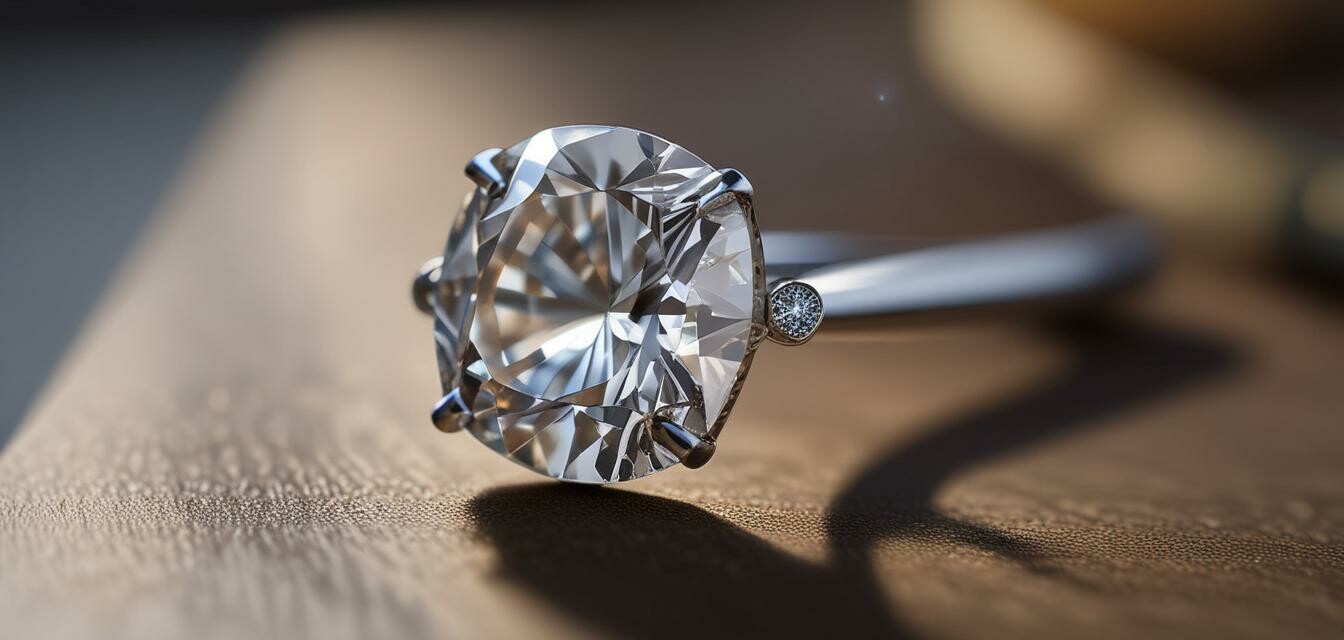
The story behind loose moissanite: From mine to market
Key Takeaways
- Loose moissanite is a synthetic gemstone created through advanced technology.
- The journey of moissanite spans several stages, from mining or synthesis to cutting and polishing.
- Understanding the loose moissanite market helps consumers make informed purchasing decisions.
- Loose moissanite offers versatility for custom jewelry designs.
Loose moissanite jewelry has become increasingly popular due to its stunning beauty and ethical considerations. In this article, we will explore the fascinating journey of loose moissanite, from its origins to becoming a coveted gemstone found in stunning jewelry pieces. By understanding this process, you can make an informed choice when purchasing your next luxury item.
The origins of moissanite
Moissanite was first discovered in 1893 by French chemist Henri Moissan in a meteorite crater. Initially, it was found in tiny crystals, but as technology progressed, the ability to create synthetic moissanite in laboratories emerged. This revolutionized the gemstone market, offering a beautiful alternative to diamonds.
From mining to synthesis
Unlike natural gemstones, synthetic moissanite is created through complex scientific processes.
| Process | Description |
|---|---|
| Gas Phase Method | A method where silicon and carbon gas are combined at high temperatures to create moissanite crystals. |
| Crystal Growth Method | Involves combining silicon carbide with other substances to encourage crystal formation. |
Processing loose moissanite
After the crystals are formed, they undergo several stages of processing to bring out their brilliance.
Cutting and polishing
The next step is cutting. Loose moissanite is crafted into shapes that maximize its sparkle. Here are common cuts:
- Round Cut
- Pear Cut
- Princess Cut
- Emerald Cut
Each cut enhances the gemstone's optical properties, allowing it to reflect and refract light beautifully. Once cut, the final stage is polishing, which brings out the gemstone's shine.
The marketing of loose moissanite
Once the moissanite is beautifully cut and polished, it is ready to enter the market. The demand for loose moissanite has significantly increased, thanks to its affordability and aesthetic appeal. Shopping for loose moissanite offers customers choices for custom jewelry designs.
Why choose loose moissanite?
There are many reasons to consider purchasing loose moissanite:
Pros
- Affordability compared to diamonds
- Ethically sourced and sustainable
- Variety of colors available
- High brilliance and fire
Cons
- Perception issues compared to diamonds
- Less known among traditional buyers
Conclusion
The journey of loose moissanite from mine to market showcases the fascinating process of gem creation and marketing. Understanding this journey helps potential buyers appreciate the beauty and value of moissanite gemstones. Whether you are looking for colored moissanite bracelets or perhaps colored moissanite earrings, knowing the story behind your jewelry can enhance your purchase experience.
Stay updated by checking our News and Updates section for the latest developments in the moissanite market.

